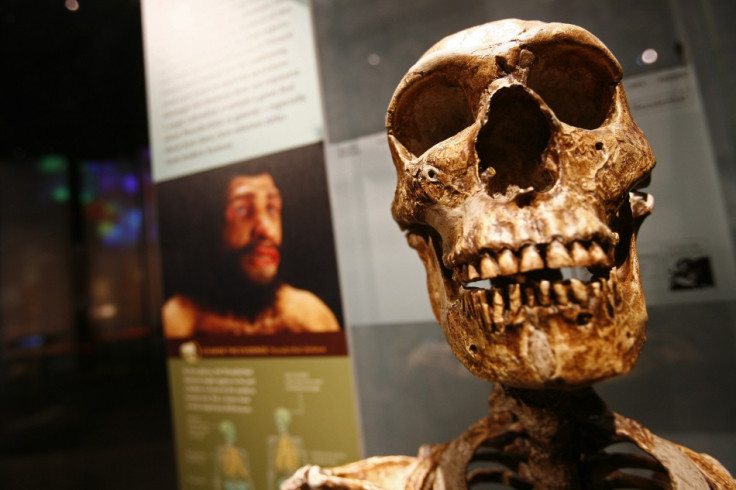Early Humans Evolved in 'Mosaic Process' Million Years Earlier Than Previously Thought

Early humans were less primitive than originally thought and were able to adapt to their environment and make tools much earlier, according to new research.
Scientists have found evidence that the traits which allowed humans to adapt and thrive in ever-changing climactic conditions in Africa evolved gradually, and in a piecemeal fashion.
Many traits unique to humans were believed to have originated in the genus Homo between 2.4 and 1.8 million years ago on the African continent.
It was understood that features such as a large brain, longer limbs and the ability to craft tools evolved together at the start of the Homo lineage, as African grasslands expanded and the planet's climate began to cool and dry out.
However, new studies from the University of Washington and the Smithsonian's National Museum of Natural History suggest that these traits arose earlier in the genus Australopithecus, which pre-dated the Homo genus by at least a million years.
Other traits emerged significantly later, showing that the features did not arise in a single, consistent period.
"Traits once thought to define early Homo, particularly Homo Erectus, did not arise as a single package," Dr Rick Potts, director of the Human Origins Programme at the Smithsonian, told Live Science.
"Some features once considered characteristic of Homo are found in Australapithecus," he said. "In terms of the history of evolution there is no single benchmark that separates the different species. It was a mosaic process with some characteristics evolving before Homo and some much later.
"Characteristics that we have traditionally seen as indicating Homo are around much earlier, so early humans were less primitive than we thought."
For the study, the team analysed new fossil and climactic evidence and found earlier ancestors - of the genus Australopithecus - were developing long limbs between 3 million and 4 million years ago.
It was also found that many Australopithecines, who were dentally similar to humans but with a brain size not much larger than that of modern apes, revealed a diverse diet of meat. This suggests they were already adapting to the changing environment.
The researchers also discovered stone tools dating back to around 2.6 million years ago may pre-date the origin of Homo.
Professor Chris Stringer, of London's Natural History Museum, told the Telegraph: "It is certainly true that what we consider as 'modern' traits seem to have been assembled piecemeal in Africa over a long period of time.
"The traits shown by Australopithecus show that conditions were driving the evolution of human-like features in parallel in different regions, and potentially at different rates, around 2 million years ago."
The research was published in the journal Science.
© Copyright IBTimes 2025. All rights reserved.






















